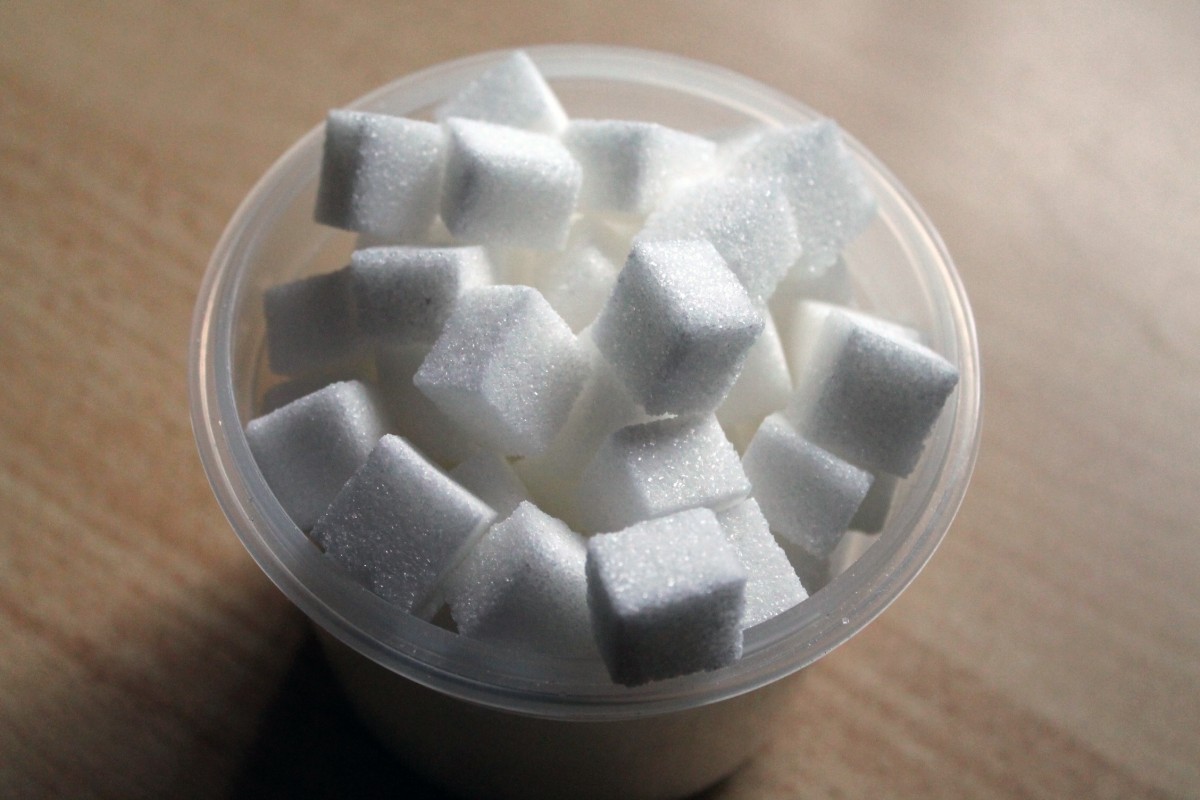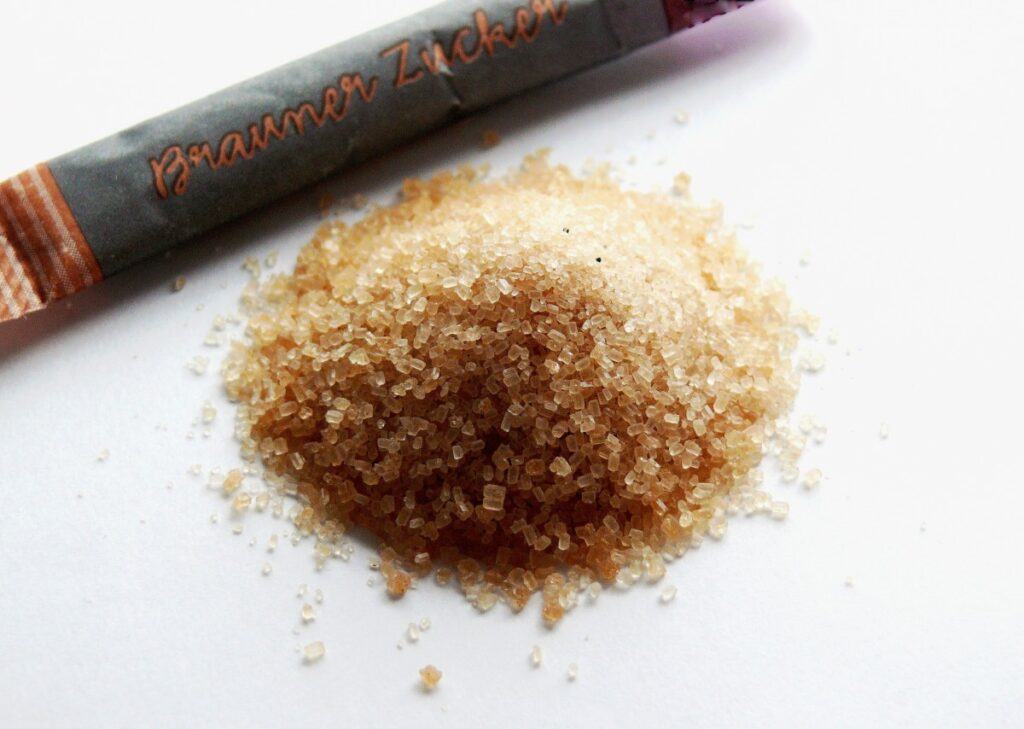Sugar is the enemy of health. Numerous scientific studies worldwide attest to this: overweight and obesity, cardiovascular diseases, diabetes, neurodegenerative diseases, and cancer are closely linked to sugar consumption. However, stopping sugar consumption, even when informed, can be complicated.
Here are the steps to succeed in weaning yourself off sugar.
Focus on sugar addiction
Two aspects of the relationship with sugar should be considered before weaning yourself off sugar: appetite and dependence.
Sugar appetite
Sugar appetite is innate, meaning it is the only taste we all naturally like. It is not acquired.
However, educating the palate to taste can change things: eating a lot of sugar maintains this appetite; stopping to gulp sugar lowers your threshold of perception of the sweet taste, and sweet foods will quickly become disgusting.
Sugar addiction

Sugar addiction comes from the fact that sugar solicits the brain’s reward system, but it is not a true addiction like alcohol or drugs and is, therefore, easier to wean. On average, 3 weeks are enough to silence your sugar addiction.
Please note: the real sugar-free diets for losing weight while maintaining your health are the ketogenic diet, the low-carb diet, and the Atkins diet. In addition to eliminating added sugars, these diets recommend severely limiting the consumption of all assimilable sugars (starch, glucose, fructose, lactose, maltose, galactose, and sucrose). The ketogenic diet also treats cancer, inflammatory diseases, epilepsy, migraine attacks, and neurodegenerative diseases.
1. Put away your table sugar
Added sugars (in powder, in lumps, in liquid form) are the first to be eliminated from your diet to wean yourself off sugar: white sugar, brown sugar, pure cane sugar, and whole cane sugar are to be banned.
To succeed in doing without:
– Don’t sweeten your coffee or tea in the morning.
– Don’t sweeten plain yogurt.
– Don’t add jam to your morning sandwiches.
– Do not replace these sugars with sweeteners (stevia, saccharin, aspartame, etc.). These sweeteners maintain the appetite for sweetness without providing the fleeting feeling of well-being brought by sugar because they do not solicit the brain’s reward system.
Note: some sugar substitutes contain sugars. This is the case with honey and agave syrup. They have a stronger sweetening power than table sugar, which just reduces the final sugar intake.
2. Eliminate processed foods from your diet
Industrial foods maintain the appetite for sweetness and addiction the same way as table sugar because industrialists add sugar to the vast majority of their sweet and savory dishes.
The goal is, therefore, to empty your cupboards and refrigerator of these addictive industrial products because they are a source of sugar. So avoid:
– In the first line, cookies, cereal bars, and cereals, including those displaying claims “low in sugar”, “sugar control,” or “special diabetic”. Sugar is there, simply under a different name. As for chocolate, leave in the cupboard the one with a content lower than 85% of cocoa.
– Sodas, beer, and fruit juices, including pure juice. Sodas with 0 sugar content are just as harmful as sweetened sodas.
– Ice creams and desserts with no nutritional value contain a lot of sugar.
– Industrial cold cuts (such as ham in cellophane), reconstituted meat and fish (sausages and merguez, for example), and cheese preparations.
– Taste enhancers such as ketchup, mustard, and mayonnaise.
– Ready-made meals.
Note: manufacturers hide the sugar content of their products by using various names: starch, maltodextrin, fructose, lactose, maltose, glucose, dextrose, glucose-fructose syrup, rice syrup, agave syrup, maple syrup, corn syrup, cane juice, fruit concentrate.
3. Find clever alternatives to your sugary snacks
Replacing your sugary snacks is essential to successful withdrawal.
– Swap sweetened beverages for red fruit infusions (with a mild sweet taste) or flavored green tea (iced or hot).
– Snack on chocolate with a minimum of 85% cocoa or a handful of nuts or oil seeds: pistachios, peanuts, walnuts, pecan nuts, Brazil nuts, hazelnuts, almonds.
– Finish your meal with a sugar-free dairy, cheese, or fruit (the least sweet fruits are red berries and lemon).
Once you’ve gotten rid of your daily sweet tooth, you can indulge in a little sweet treat from time to time, but only occasionally. It is not healthy to eat sugar every day. Contrary to popular belief, we do not need sugar to live!
4. Take care of yourself to stop eating sugar
Fatigue due to overwork, lack of sleep, unbalanced diet, stress, and poor emotional management lead to sweet cravings, a need to activate the brain’s reward system to feel a sense of well-being. To prevent this compensation process:
– Pamper yourself, relax, do yoga, have heart coherence breathing, air out, and get enough sleep each night. This will prevent you from getting into a state that triggers cravings.
– If you cannot stop your almost daily consumption of sugar and sweet products, your need to compensate with sugar, it is certainly an eating disorder that needs to be treated. Outside help can help you: psychologists, psychotherapists, hypnotherapists, and acupuncturists are professionals who can accompany you.


